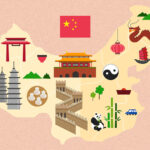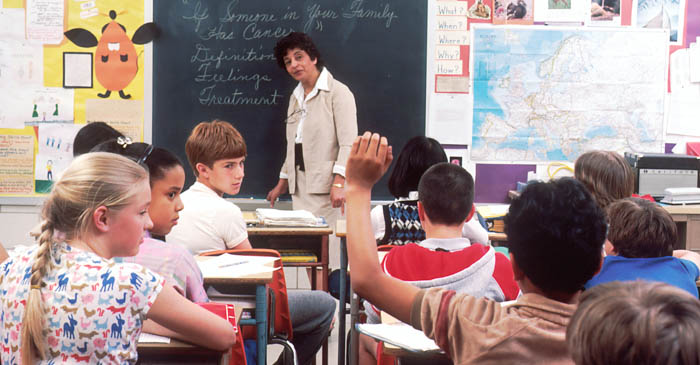
K-Education
Education in Korea – a country of talented people
According to the statistics announced by Korea Statistics in 2021, the Republic of Korea is a relatively small country (107th place in the size of the national territory, 208th place in population). However, it always astounds the world with outstanding national characteristics and unique capabilities exhibited by its people. Not only do Koreans win awards at international contests where talented people from all around the world compete against each other, but there are also prominent Korean figures that perform exceptionally in the global arena, such as the UN Secretary-General, athletes, and scholars. And indeed, the so-called “K-education” is the greatest contributor behind such achievements.
Koreans have an extraordinary passion for education. The “duty of education,” where one has to guarantee at least the minimum level of education for their child, is designated as one of the four duties of Koreans. It implies the nation’s will to improve its people’s educational level, thereby promoting individuals’ intellectual advancement and national strength, not to mention contributing to the development of human culture. Education in Korea consists of 12 years at school; 6 years of elementary school, 3 years of middle school, and 3 years of high school. As free education is expanded to cover the entire grades in high school, the burden for the educational cost is likely to fall, which is expected to raise students’ intellectual level. Currently, the college admission rate of Koreans is more than 60% showing good performance in the Programme for International Student Assessment (PISA) as well.
Meanwhile, Korea’s education is gleaming in the globally dull situation driven by the COVID-19 pandemic. While many countries repeatedly canceled and resumed semesters, Korea chose to carry out “contactless education” and open online classes from the beginning. Meeting the expectation, Korea, an IT powerhouse, has established an online education infrastructure within a short period of time and helped marginalized low-income families by renting out smart devices. This month, we introduce books about Korea’s passion for education and instructive guides for teachers.
According to the OECD, Korea has attained the highest tertiary education level among the member countries for the past 10 years.
K-Education gearing up for post-COVID-19
It’s already been a year since the pandemic broke out. Last year, the Education Ministry of Korea faced an unprecedented situation where semesters had to begin online and announced “guidelines for checking attendance online, assessing and recording student performance” to systematize online classes. The Learning Management System (LMS) was adopted to keep track of class progress and login records for classes that mainly utilize content and give out assignments. Students who inevitably cannot come to class could check things they missed on Social Media and replace attendance by submitting an outcome for completing a substitute program for each subject.
It is not only the students that are thrown into confusion by the new online education system. Teachers were as bewildered as students as it has become their sole duty to produce and utilize content related to online classes.
70 Digital Devices for Professors and Instructors of Online Classes (Dizbiz Books) introduces 70 digital devices useful to digitalizing educational content for professors and teachers who lack knowledge about online visual materials. It features various ways of making visual materials such as how to edit images, use free images that are not against copyright law, edit videos and subtitles, and make PDF files.
Another example is Making Educational Content for Online Classes (Ewha Woman’s University Press Council). It contains tips for filming videos for class and a handbook about video shooting and editing that explains lecture videos, video conferences, and Social Media. Also, based on the “FAST principles” for making educational video content, the book suggests various ways that people can produce materials they need “fast and focused, action-based, systematically, and timely,” using diverse programs (applications) that suit each topic. In addition, the instructions are written in a simple manual style where readers can easily understand the whole process of planning, filming, editing, distributing, and utilizing content using an application. Anyone would be able to create a moderate quality of educational content and use it in class right away without having to be buried in piles of information found online and offline. This book will be a practical guide for educators in Korea who will be the leaders of the “K-education” era to grow further as a content creator for online education.
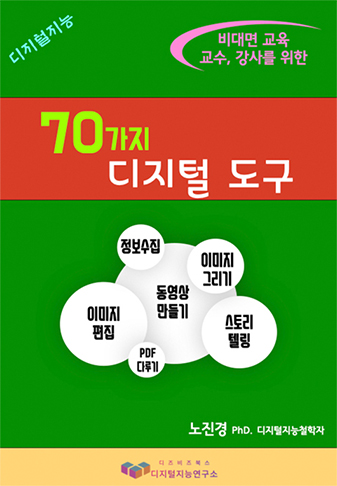

70 Digital Devices for Professors and Instructors of Online Classes, Making Educational Content for Online Classes
Secrets of K-Education, where students have fun learning
Korea has been producing outstanding talents every year along with its strong passion for education. As the powerhouse of education, how is K-education transforming?
The Bible for Mastery Learning (Dasan Books) refers to a child’s first impression about learning as the so-called “emotion for studying” and introduces how to cultivate this emotion in the right way. The writer claims that most of the children with outstanding performance at school have positive “emotion for studying,” and those with relatively less interest in studying have negative “emotion for studying.” Here, the writer introduces principles and methods of “Mastery Learning” for parents of children that have not yet cultivated their studying capacity and provides well-organized, clear, easy tips for each subject to prevent learning loss. The book contains teaching methods and learning strategies for the “mastery learning” of subjects from Korean language and English that focus on enhancing reading comprehension skills to mathematics, science, and social studies that concentrate on understanding ideas and principles with various examples. Lim Jakga, the writer of this book, runs a Youtube channel, “Life Mentor Lim Jakga” that has 120K subscribers, and is spreading out “mastery learning” and positive influence through the online learning community called “Jagong Village.”
Administrative district “Daechidong” in Korea is regarded as the mecca and leader of private education. The book Secret of Studying Mathematics in Daechidong (Gilbut) talks about how to study mathematics that many students find hard studying without feeling pressured. The experience and know-how of the writer, who had been an instructor in Daechidong, explain how parents can help their child gain confidence in mathematics and build a studying habit based on theories of educational technology. In particular, the “blank paper method” invented by the writer has been of great help for children that are experiencing difficulty learning mathematics.
In the era where homes have turned into classrooms due to the pandemic, Havruta, a traditional education method of Jewish people is at the center of people’s attention. Yet, this Talmud’s Havruta is quite distanced from the educational system of Korea. So, professor Kim Sung-Jin, a Havruta specialist, published a book titled K-Havruta (Sam & Parkers) where he has developed the original Havruta method to suit the tastes of Koreans. He likened Havruta to Korea’s representative educational method, which is the so-called “Education by the Dining Table,” customizing the Jewish method to situations in Korea. As people are spending more time at home talking with their child about topics such as communication, emotion, good personality, creativity, critical thinking, and problem-solving ability, it is good to use the book to build a closer relationship with the family members. Besides, how about practicing the Korean-style Havruta method through the K-Havruta application “Jihye Talktalk” (meaning wisdom talks) developed by the writer?
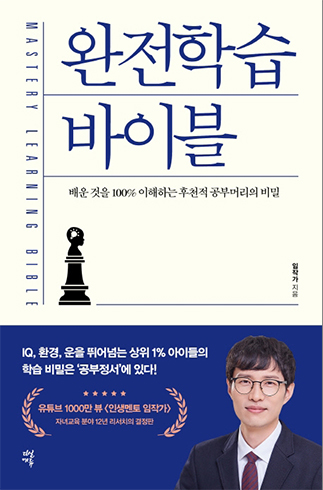
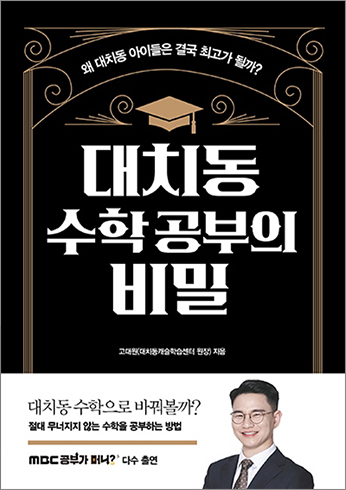
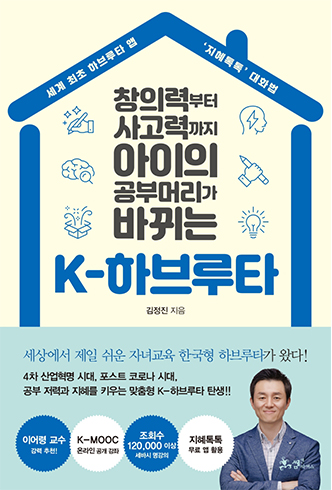
The Bible for Mastery Learning, Secret of Studying Mathematics in Daechidong, K-Havruta
Korea’s “Education by the Dining Table” is a traditional educational method where kids cultivate a good personality and learn manners while having meals together with their family.
A guide for proficient teachers
Everyone has their first time. It is always difficult and scary to try something new for the first time. As such, teachers are not different. If you are a new teacher or are mulling over how to teach students, how about taking a glimpse at the stories of teachers that took this path ahead of you through books? There are guides for you to take the right path and the right shortcut.
The book Good Teachers Have a Routine (Tekville Education) is like a guide for teachers who study to be good at teaching, in other words, a teacher that has an efficient routine of teaching students. The book helps teachers set up their own teaching routine by matching their current educational curriculum. The writer suggests what an ideal teacher is and what classes the generation demands, and says that education in the future should focus on building capabilities. Therefore, the book talks about what capability-focused classes are, how to run those classes, and restructure the existing classes in the form of a routine that readers can follow and adapt to their classes.
Pit-a-Pat First Library for Teachers (School Library Journal) is a book for librarian teachers that are asked to have library classes for all grades without a separate textbook or curriculum. The four writers of this book are librarian teachers that had been working at school for more than 10 years, and they have put all the class and sub materials they made by going through trials and errors into this book. By looking at what school libraries should teach, what kind of classes should be held for each grade, and how to cultivate problem-solving abilities and students’ information-utilizing capabilities, the book suggests a systematic library education linked with the educational curriculum.

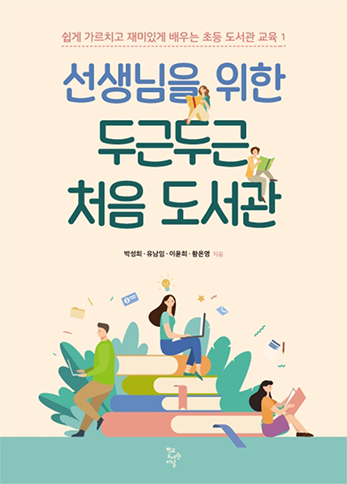
Good Teachers Have a Routine, Pit-a-Pat First Library for Teachers
You need to learn knowledge by having indirect experience through books and build on it to make it yours.
Korea has been an ambitious country toward education. Such passion began far in the past in the Joseon Dynasty when there were Seodangs (village schools) that taught students. The reason Korea has been so eager to teach its people was that education is the key element that can decide the rise and fall of a nation. Therefore, it is natural to pay attention to how other countries are doing in regards to the educational methods and factors they put emphasis on. Korea’s education is no different. Korea is transforming its traditionally passed down education style and advanced teaching methods brought in from other countries to create a better, modern way of teaching students that suits the situations unique to Korea.
Written by Lee Ji-Hyeon








